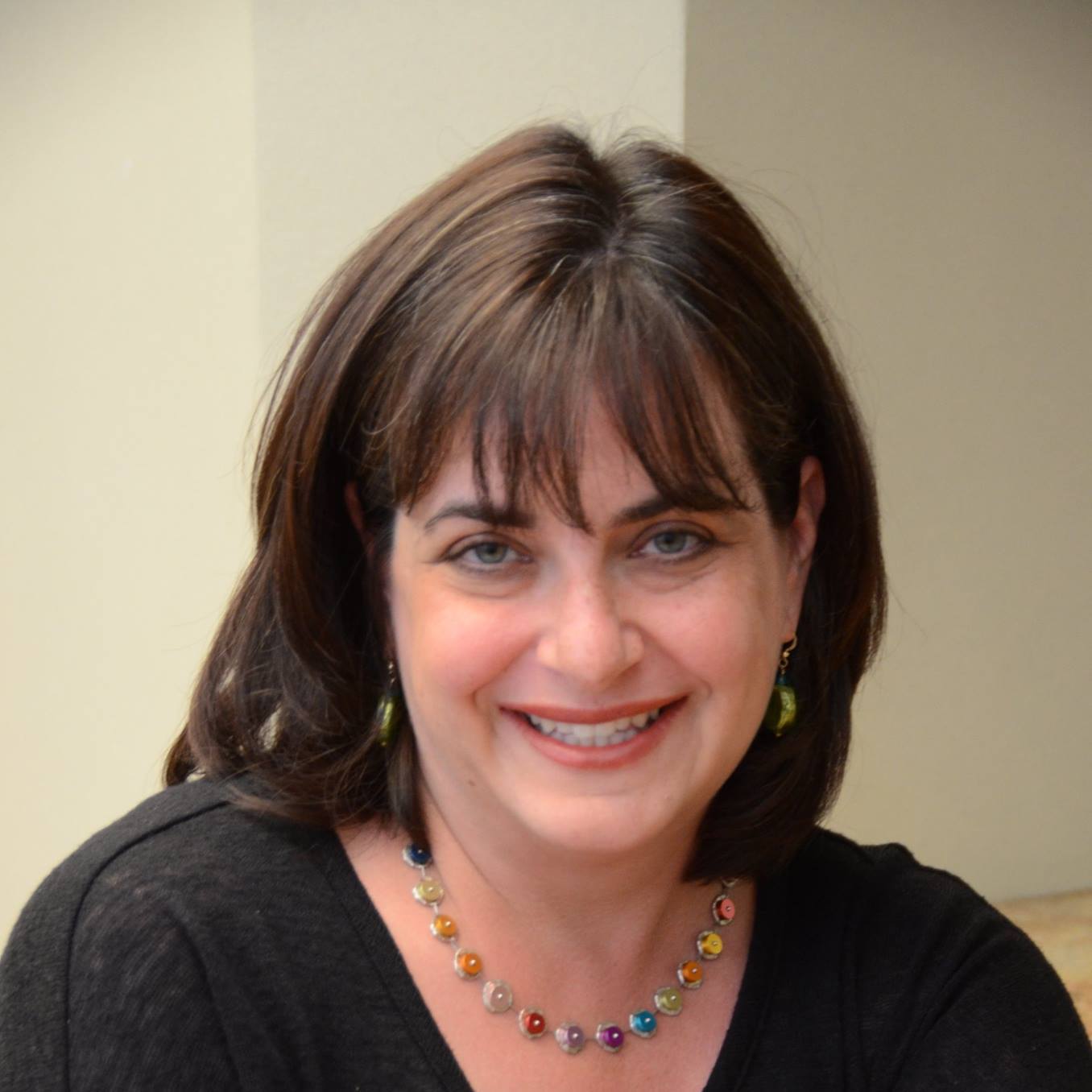The Center Searches for Photographs of Nazi Mass Deportations As Part of the #LastSeen Project
The USC Dornsife Center for Advanced Genocide Research is proud to announce its cooperation with a German government funded multi-institutional Holocaust research project entitled #LastSeen - Pictures of Nazi Deportations.

